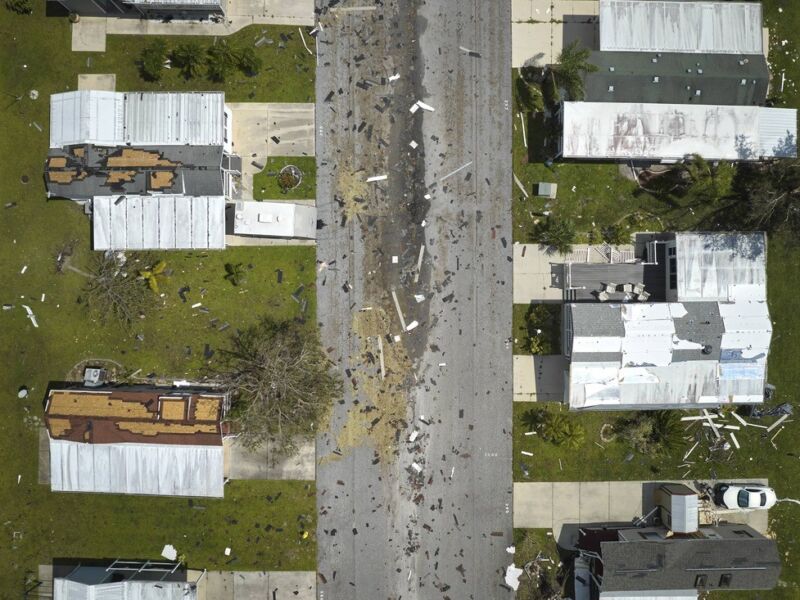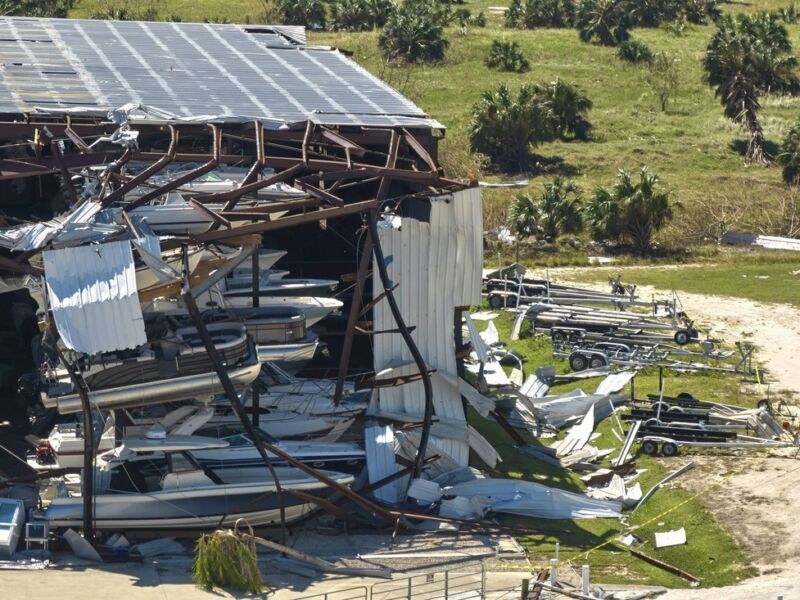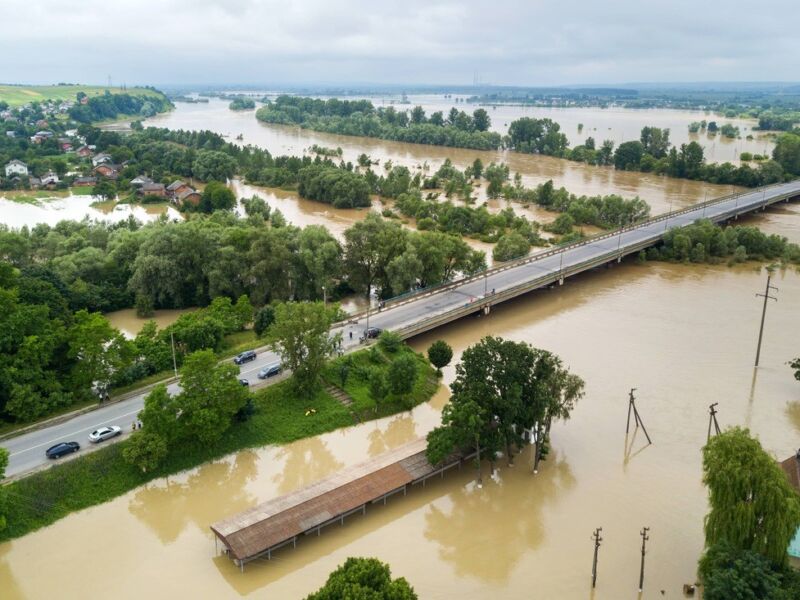
Introduction
An emergency warning system plays a vital role in enhancing disaster preparedness and response. It encompasses various technologies, communication methods, and procedures to provide timely alerts and information to individuals and communities during emergencies. By alerting people about potential hazards and guiding them on necessary actions, these systems significantly contribute to saving lives and minimizing damages. In this article, we will explore the importance of emergency warning systems, how they work, their benefits, and their implementation in different scenarios. Additionally, we will discuss the role of technology and communication in effective emergency alerts and how communities can leverage these systems for better safety and emergency management.
Importance of Emergency Warning Systems
Emergency warning systems are crucial for ensuring the safety and well-being of individuals and communities during hazardous events. They serve as a critical communication tool that allows authorities to quickly disseminate important information and instructions to people who may be at risk. By promptly alerting individuals about impending hazards, such as severe weather, natural disasters, or public safety threats, emergency warning systems give people the opportunity to take necessary precautions and make informed decisions to protect themselves.
Enhancing Disaster Preparedness
One of the primary roles of an emergency warning system is to enhance disaster preparedness. These systems provide early warnings and notifications about potential emergencies, allowing individuals and communities to prepare and plan accordingly. By providing information on evacuation routes, emergency shelters, and other resources, emergency warning systems help people make informed decisions and take necessary action to safeguard themselves and their belongings.

Facilitating timely emergency response
In addition to preparedness, emergency warning systems streamline emergency response efforts. By quickly alerting emergency responders, such as fire departments, police, and medical services, authorities can efficiently allocate resources and address emergencies in a timely manner. This rapid response and coordination facilitated by emergency warning systems are crucial for minimizing damages, rescuing individuals in distress, and restoring normalcy as soon as possible.
Effective communication during emergencies
During emergencies, effective communication is paramount. Emergency warning systems provide a direct and reliable communication channel between authorities and the public. These systems enable authorities to convey clear instructions, updates, and warnings to individuals in real-time. Additionally, emergency warning systems can be utilized for public awareness campaigns, educating communities about potential hazards, and promoting proactive measures for disaster preparedness.
How Emergency Warning Systems Work
Emergency warning systems utilize a combination of technologies, communication methods, and protocols to deliver timely alerts and information during emergencies. The process typically involves the following components:
Detection and Monitoring
Various monitoring systems and sensors, such as weather radars, seismic detectors, and surveillance networks, continuously gather data to detect potential emergencies. These systems monitor weather conditions, seismic activities, and other relevant parameters, triggering alerts when predefined thresholds are exceeded.
Alert Generation
Upon detecting an emergency, the warning system generates alerts in the form of notifications, sirens, texts, phone calls, or other means of communication. The alerts are designed to reach individuals in the affected areas as quickly as possible, providing them with critical information about the situation and necessary actions.

Alert Dissemination
Once alerts are generated, they need to be disseminated to the intended recipients efficiently. Emergency warning systems leverage various communication channels, including radio broadcasts, television alerts, mobile apps, social media platforms, and even outdoor warning systems, to reach as many people as possible. The choice of communication channels depends on the target audience and the specific circumstances of the emergency.
Recipient Acknowledgment and Response
When individuals receive emergency alerts, they are expected to acknowledge the message and take appropriate action. This may involve evacuating the area, seeking shelter, or following specific instructions provided by the authorities. Emergency warning systems often provide mechanisms for individuals to confirm receipt of alerts or seek further assistance if needed.
Benefits of Emergency Warning Systems
Implementing and utilizing effective emergency warning systems offer numerous benefits:
Life-Saving Potential
The primary benefit of emergency warning systems is their life-saving potential. By promptly alerting individuals and communities about potential hazards, these systems provide critical time to evacuate or take necessary precautions, significantly reducing the risk of injuries or fatalities during emergencies.
Reduced Property Damage
Early warnings allow individuals to secure their properties, safeguard valuable belongings, and mitigate potential damages. By providing information about incoming storms, floods, hurricanes, or other disasters, emergency warning systems empower people to take preventive measures that can minimize property damage.
Increased Public Awareness
Regular communication through emergency warning systems raises public awareness about potential hazards and the necessary steps for disaster preparedness. This increased awareness promotes a culture of safety and encourages individuals to be proactive in their approach to emergency preparedness.
Efficient Allocation of Resources
Emergency warning systems enable authorities to allocate resources more efficiently during emergencies. By promptly informing responders about the nature and location of emergencies, these systems facilitate a swift response, ensuring that the necessary resources are deployed where they are most needed.
Implementations of Emergency Warning Systems
Emergency warning systems are implemented in various scenarios and can be tailored to specific hazards or locations. Some common implementations include:
Natural Disaster Warning Systems
Areas prone to natural disasters, such as hurricanes, tornadoes, or earthquakes, often have dedicated warning systems in place. These systems utilize advanced monitoring technologies and weather forecasting to provide early warnings specifically tailored to the respective hazard. For example, coastal regions may have tsunami warning systems, while tornado-prone areas may have sirens and meteorological alerts.
Public Safety Notification Systems
Public safety notification systems are designed to provide alerts and warnings related to public safety threats, such as active shooters, terrorist attacks, or hazardous material incidents. These systems utilize various communication channels, including phone calls, text messages, and digital displays, to rapidly disseminate information and instructions to the public.
Mobile Apps and Digital Platforms
In recent years, mobile apps and digital platforms have emerged as effective tools for delivering emergency alerts. These apps leverage GPS technology to provide location-based alerts, ensuring that individuals receive relevant warnings based on their current position. Additionally, such platforms enable authorities to provide up-to-date information, emergency contact details, and other essential resources to individuals through their smartphones.
The Role of Technology and Communication
Technology and communication play a crucial role in the effectiveness of emergency warning systems:
Advanced Sensor Networks
The continuous advancements in sensor technologies, such as weather radars, seismic detectors, and environmental monitoring networks, enable more accurate and timely detection of potential hazards. These sensors provide essential data for decision-making and help trigger appropriate alerts.
Broadcasting and Communication Infrastructure
Robust broadcasting and communication infrastructure, including radio and television networks, cellular networks, and the internet, form the backbone of emergency alert dissemination. These infrastructure components ensure that alerts reach individuals through various devices and communication channels, allowing for wide coverage and timely delivery.
Integration with Personal Devices
The integration of emergency warning systems with personal devices, such as smartphones and wearable devices, maximizes the reach and effectiveness of alerts. Mobile apps, push notifications, and location-based services enable individuals to receive alerts directly on their devices, ensuring that they are informed even when traditional warning systems may not be readily accessible.
Public-Private Partnerships
Public-private partnerships play a crucial role in establishing and maintaining effective emergency warning systems. Collaboration between government agencies, private organizations, telecommunications companies, and technology providers ensures the availability of necessary resources, expertise, and infrastructure for the successful implementation and operation of these systems.
The Future of Emergency Warning Systems
The future of emergency warning systems is closely tied to advancements in technology, data analytics, and communication capabilities. Some emerging trends and areas of development include:
Artificial Intelligence and Predictive Analytics
The integration of artificial intelligence and predictive analytics can significantly enhance the accuracy and efficiency of emergency warning systems. By analyzing vast amounts of data in real-time, these technologies can provide more precise predictions, timely alerts, and actionable insights for emergency responders and individuals.
Internet of Things (IoT) Integration
IoT devices, such as connected weather sensors, smart building systems, and wearable devices, can contribute to a comprehensive and interconnected emergency warning ecosystem. These devices can continuously gather data, communicate with each other, and provide real-time updates to emergency management systems, facilitating a more proactive and responsive approach to disaster preparedness and response.
Social Media Monitoring
Social media platforms have become valuable sources of real-time information during emergencies. Integrating social media monitoring and analysis tools with emergency warning systems can enable authorities to gather situational awareness, monitor public sentiment, and disseminate targeted alerts to specific demographics or geographical areas.
Frequently Asked Questions (FAQs)
What are common types of emergency warning systems?
How can individuals stay informed during emergencies?
Facts and Statistics about Emergency and Disaster Restoration
- The water damage restoration industry is expected to grow at a CAGR of 6.8% from 2020 to 2025. Source: JGW Group Water Damage Restoration Blog
- The top five most damaging storms of 2018 and 2019 were responsible for significant property damage and loss. Source: JGW Group Water Damage Restoration Blog
- The Federal Emergency Management Agency (FEMA) has declared a disaster in Fort Bend, Harris, or Montgomery counties in Greater Houston 26 times in the past 41 years. Source: JGW Group Water Damage Restoration About Page
For more information about emergency warning systems and disaster restoration services, visit JGW Group Water Damage Restoration Deerfield Beach FL.



